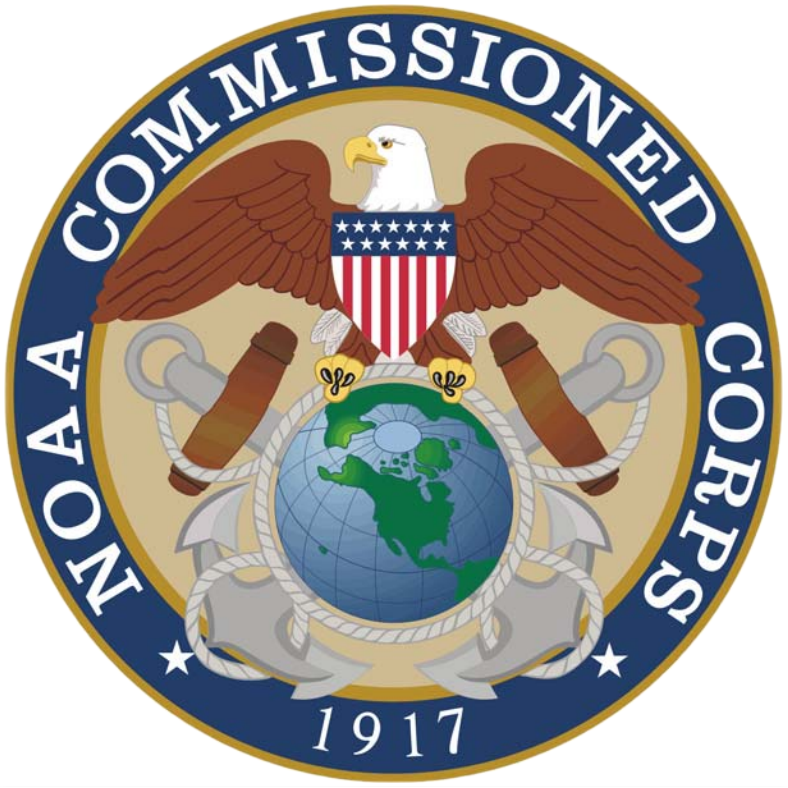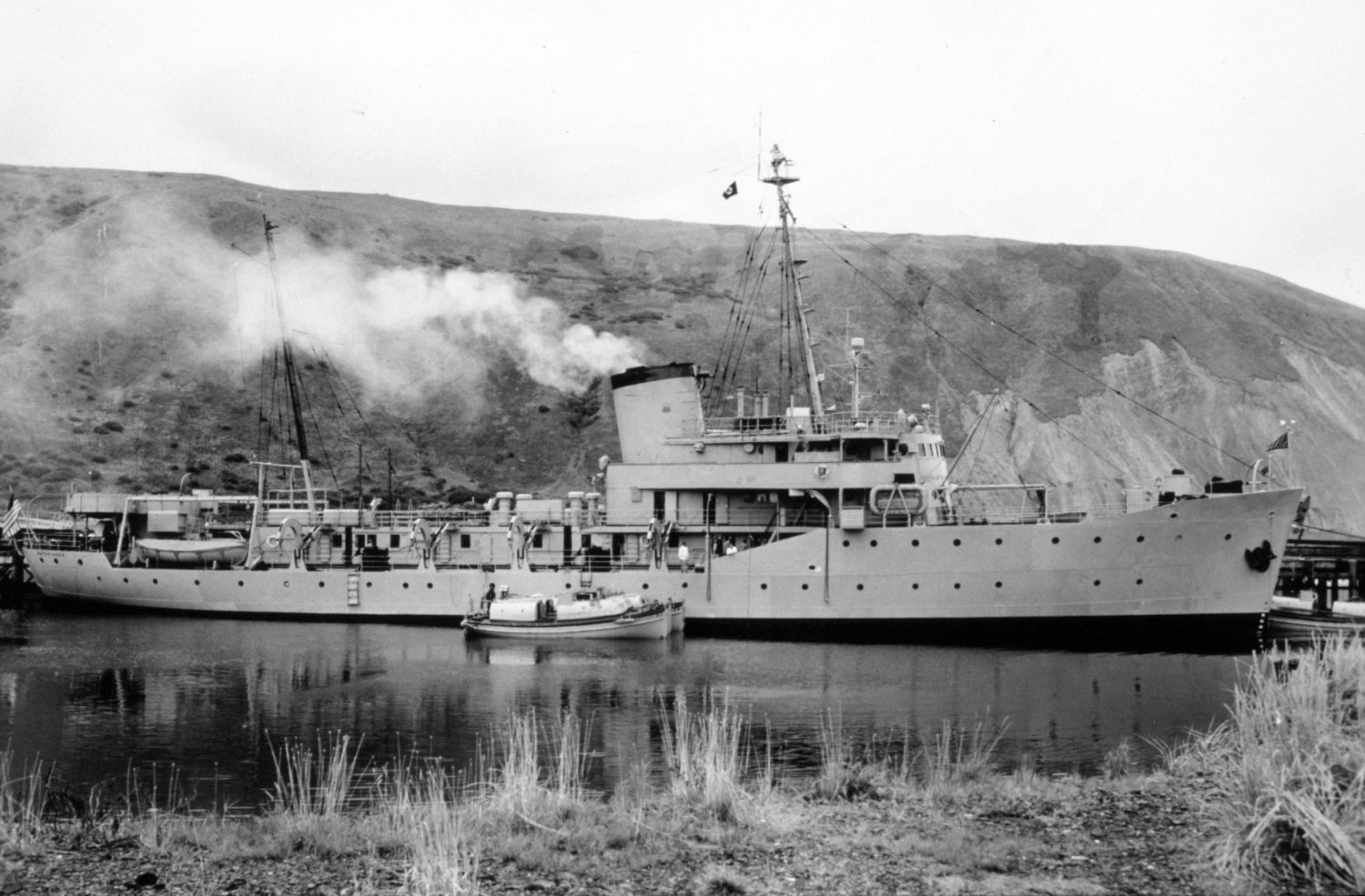I've decided that it would be fun to shed a little light on the lesser-known uniformed services. And no, I don't mean the Coast Guard. While they do a great and generally underappreciated job, the average American has at least heard of them. Today, I tackle the National Oceanic and Atmospheric Administration Commissioned Corps, an organization that is by far the smallest of the uniformed services, with a strength of about 320 commissioned officers, and no warrant officers or enlisted men.

The NOAA Corps provides officers with technical and scientific training for the operations of the NOAA, and for support of other activities of the United States. After getting their degrees, potential members apply for a direct commission into the Corps. They have naval ranks and wear naval uniforms, and the Corps itself only exists due to a strange quirk of history.
The NOAA Corps has its roots in the US Coast Survey, established by Thomas Jefferson to survey the coasts and provide hydrographic charts. They did this peacefully for several decades, greatly aiding navigation and improving the safety of American shipping. During the Civil War, many of its members transferred to the Army and Navy, although some remained civilians and served in all theaters of the war, charting land and sea for the Union armies. However, because they were not uniformed, they ran the risk of being executed as spies. A few years later, the Coast Survey gained responsibility for geodetic surveys1 on land, and became the Coast and Geodetic Survey. In 1917, the US entered WWI, and to avoid the risks that members of the Survey ran during the Civil War, the Coast and Geodetic Survey Commissioned Corps was formed.2 Besides their traditional roles as surveyors, members of the Corps also served as navigators on ships and in staff roles ashore.

USCGSS Pathfinder, a ship of the Coast and Geodetic Survey
WWII saw the Coast and Geodetic Survey Corps in the field again, charting areas near or ahead of the front lines.3 They served as the nucleus of the vast force that surveyed beaches, mapped foreign lands and provided thousands of tons of maps each year to the allied war effort. Three officers and eleven other survey personnel were killed during the war.
After the war, the Corps returned to its regular work, although a large fraction of its efforts still went to supporting the US military during the Cold War, particularly as the deep oceans rapidly became one of the hottest battlegrounds of that conflict. In 1965, the Coast & Geodetic Survey became part of the new Environmental Science Services Administration, and the Corps was renamed to match. Five years later, the ESSA was reorganized into the National Oceanographic and Atmospheric Administration (NOAA) and the Corps assumed its current name. It provides officers for the operation of NOAA ships and aircraft, as well as leadership on NOAA research projects and technical support for the armed services, as necessary. Its members wear the same dress uniforms as the Navy, but with NOAA Corps insignia, and for operational use, they borrow from the Coast Guard.4
1 Measuring the Earth's shape, which in practice meant creating a baseline for other surveyors. The C&GS was responsible for the small, round survey benchmarks you sometimes see at prominent locations. These date back to the days before GPS, when a survey for a new road or the like would use these as known locations to start from. ⇑
2 Why, you might ask, were they not simply commissioned into the Army or Navy, as applicable, for the duration of the conflict? This is an excellent question, and I wish I had an equally excellent answer to give. I do not. The best answer I have is that it means that the members of the Corps are always liable for service at the government's convenience, instead of being able to opt out as they could if they were civilians. ⇑
3 There is an excellent article on the Survey's work during WWII in the November 1944 issue of National Geographic. All subscribers have access to their full archive of back issues online. ⇑
4 This is probably because the Navy has made such a mess of its operational uniforms in recent years. But that's another matter entirely. ⇑

Comments
Super interesting.
How does one go about being commissioned into this? I can't imagine they have an academy of any sort, given how small they are.
All of their officers are directly commissioned. Basically, they get their degree, then apply. For more details, go to their website.